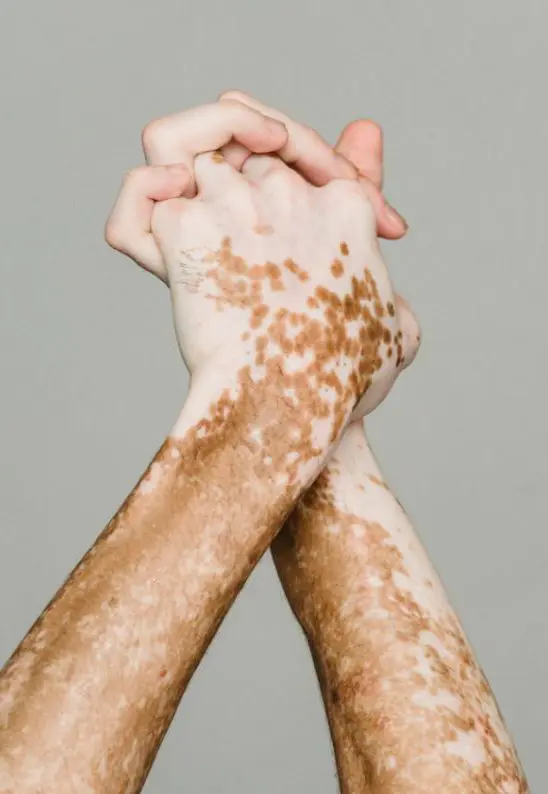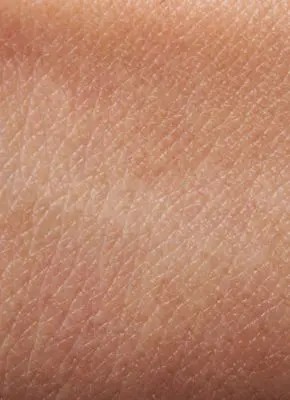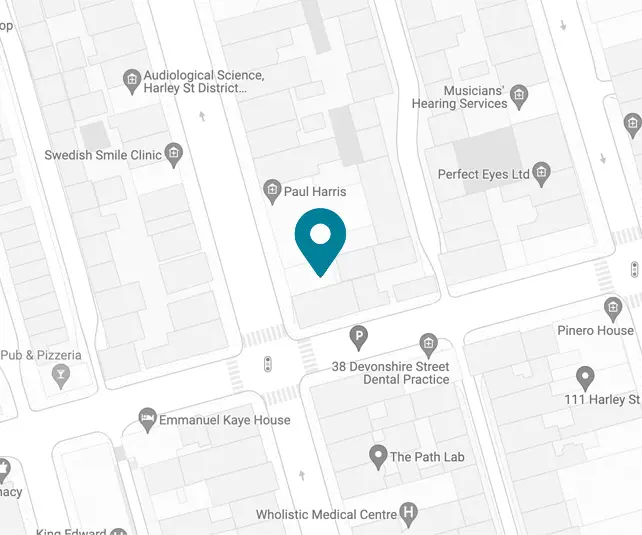Hypopigmentation Treatment
Our hypopigmentation treatments in London depend on the underlying cause, which may include milia, white-heads (closed comedones), vitiligo, pityriasis alba, tinea versicolour or sunspots (guttate hypomelanonsis).
It is important to consult one of our expert skin practitioners who can assess the underlying cause of your white spots pigmentation problem and advise on the best hypopigmentation treatment options for you.
What is hypopigmentation?
Hypopigmentation is a skin condition whereby skin becomes lighter in colour than your normal skin tone. This happens due to changes in your melanin production, which can be the result of a number of causes including a skin injury or medical condition.
The colour of your skin, hair and eyes is determined by melanin. This pigment is produced by pigment cells called melanocytes.
Healthy melanocytes evenly distribute pigment throughout the skin, resulting in a smooth and even complexion. Unhealthy, inflamed or damaged melanocytes can either over-produce clumps of pigment, leading to hyperpigmentation (dark spots), or stop producing pigment altogether, leading to hypopigmentation (white spots).
Melanocytes are sensitive to their surrounding environment. Inflammation (e.g. acne, trauma, aggressive peels or lasers), hormones, sun exposure, medication and medical conditions can cause melanocytes to either over-or-under-produce melanin pigment.
What does hypopigmentation look like?
Below are the most common characteristics of hypopigmented skin:
Lighter patches of skin – that might be slightly lighter than your normal skin colour or completely white.
Uneven skin colour and skin tone – the light patches of skin may form in one area or across multiple areas, which can give you a blemished appearance.
Sensitivity to sun exposure – if you have hypopigmented skin, you are more prone to sunburn and other forms of sun damage.
A change to hair and eye colour – while the skin is mostly affected by hypopigmentation, in some cases, it can also lead to your hair and eye colour going lighter.
Get expert advice on hypopigmentation treatment
If you are looking for an effective treatment for hypopigmentation, Doctors Tatiana + Rishi can provide expert guidance and personalised treatment options.
We will look at the cause of your light skin patches and create a bespoke treatment plan that will work for your unique needs. This may include one or a combination of the above treatments.
Your journey to a more even skin tone starts with a consultation. This is our chance to get to know you better and for you to get to know us. It also helps you feel confident in what treatment options are available to you and what will give you the best results.

Treatment Options
Topical skincare plays an important role for many people in successfully treating hypopigmentation. Following a thorough consultation, your practitioner will recommend a tailored topical skin programme.
Fruit and other natural acids can be used to blend pigmentation, improve skin texture, and promote regeneration. This hypopigmentation treatment involves a non-toxic chemical (usually from fruit acids) applied to naturally exfoliate the skin. Peels range from mild and refreshing to more intense and resurfacing. We also offer a full range of Dr Tatiana’s own blend of chemical peel treatments for areas of hypopigmentation. Dr Tatiana has combined natural acids with anti-inflammatory ingredients to achieve optimal results, with minimal down-time.
CO2 lasers are ablative lasers that remove thin layers of skin and stimulate collagen production to enhance appearance. When used in a controlled manner, CO2 lasers can promote skin healing and encourage the regeneration of melanocytes (pigment-producing cells) in the treated area. As the skin heals, there is a chance that repigmentation may occur, leading to a more even skin tone.
Exosomes are a topical gel applied to skin following microneedling, SecretRF, or CO2 laser treatments. The gel is made from billions of exosomes, micro-vesicles that contain thousands of growth factors, cytokines and nutrients that help to boost collagen, elastin and natural hydration. Exosomes work to regenerate skin cells and reduce inflammation and therefore can help reversing hypopogmentation.





